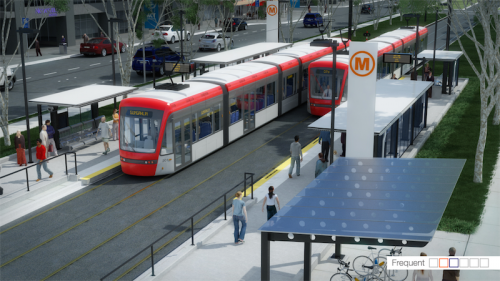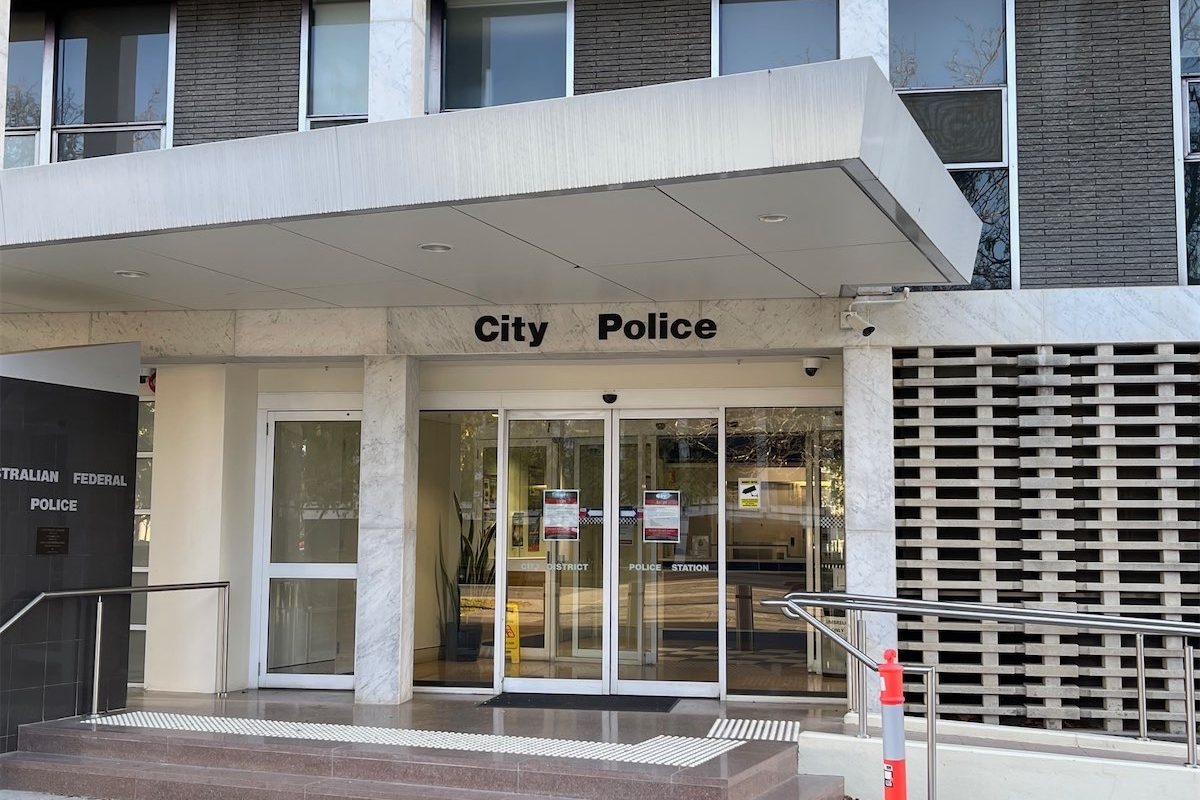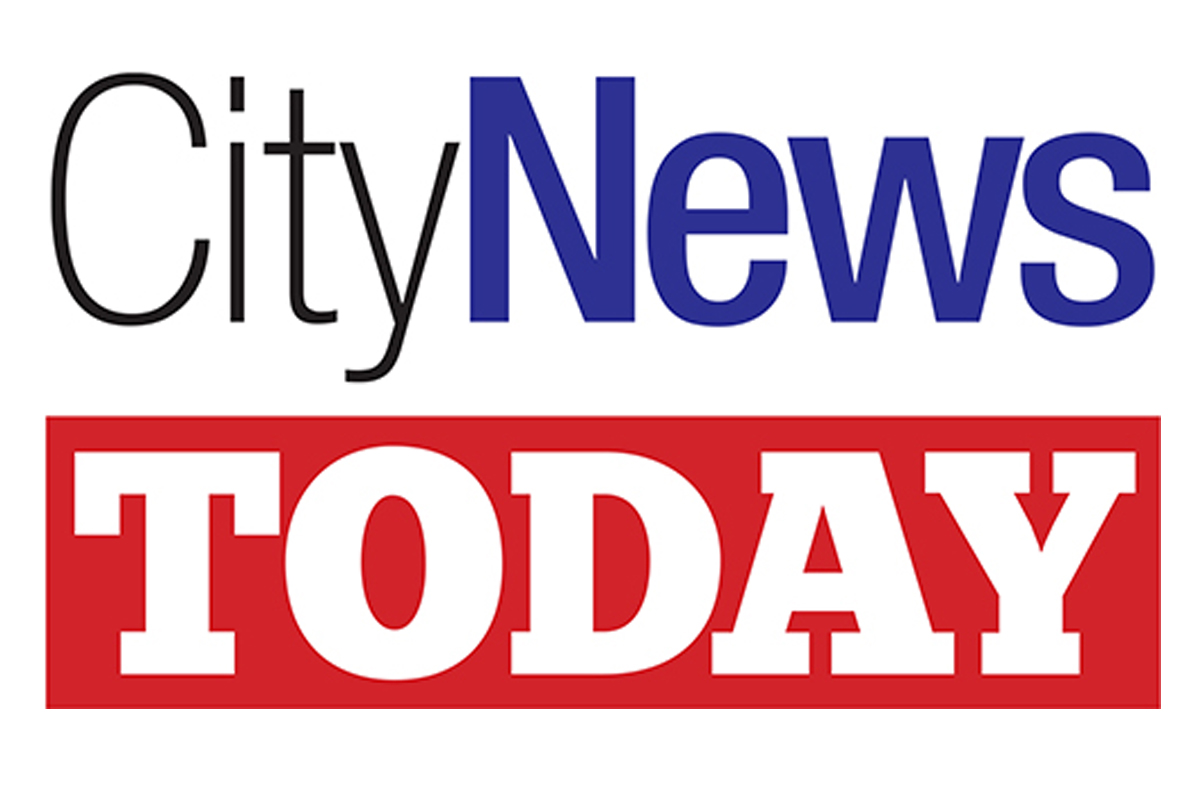It’s all hosannas and hallelujahs for the glories of light rail today.
The long awaited business case has been released.
And the ACT Government has pushed out a video on how great it will be.
Tweets have been tweeted.
Business case released today, @KatyGMLA addressing the media pic.twitter.com/Pq6weOfd5j
— Capital Metro ACT (@CapitalMetroACT) October 31, 2014
Capital Metro have even, very helpfully, published an explanation of what a business case is.
The Chief Minister and Simon Corbell have released their thoughts on the subject.
“This affordable project will deliver huge economic benefits to our city – with analysis by expert consultants showing $1 billion in benefits,” Katy said.
“By inviting expressions of interest from Australian and international consortia today, I am proud to be delivering on the election commitment ACT Labor made to deliver Capital Metro.
“It will create 3,500 jobs in the construction phase alone. But what is really exciting is the longer term transformation. Light rail will revitalise the entire corridor from Gungahlin to the city, creating new development, business, housing and leisure opportunities and tens of thousands of jobs in the long term.”
“The business case, produced using analysis by globally respected economic advisers EY, shows that Capital Metro stage one will produce nearly a billion dollars in benefits for the ACT economy, a return of $1.20 for every $1 spent on this project,” Simon said.
Not to be left behind Shane Rattenbury is in on the act.
“The business case released today outlines the details for the project, including the first stage, planning for future routes and extensions, the model by which the project will be established as well as specific costing details, including the cost benefit ratio,” Shane said.
“The business case recommends a public-private partnership, with a 3 year construction period on the Gungahlin line commencing in 2016, with operation set for 2019.
“A public-private partnership will utilise private sector innovation and experience in the project’s development and management while ensuring Government oversight of the project in relation to key factors such as fares, route setting and other KPIs to ensure it is a genuine public service.
“The project has benefit cost ratio of 1.2, with economic benefits for the city of almost $1 billion in today’s dollars.”
While we await the Liberals’ response Alistair Coe has taken to Twitter to complain about being locked out of the launch.
.@CapitalMetroACT – 'open & transparent' – is that what you call refusing the Opposition entry? #canberra #lightrail #cbr #transparency
— Alistair Coe MLA (@alistair_coe) October 31, 2014
Radio 2CC is also unhappy at the treatment of their reporter.
@alistair_coe Seems #2CC were NOT welcome either. Media reps refused to give our reporter a media pack, #pathetic
— Canberra Live on 2CC (@CanberraLive2CC) October 31, 2014
[Clarification – Capital Metro have been in touch to insist 2CC was indeed issued with a media pack (normally a carboard folder stuffed with fact sheets and maybe a USB stick) and the above tweet appears to have been deleted.]
To clarify, we did receive a pack from @CapitalMetroACT this morning.
— Canberra Live on 2CC (@CanberraLive2CC) October 31, 2014
UPDATE: The incandescent Coe has now made his views clear.
“The ACT government has been arrogantly committed to light rail long before the presentation of today’s business case,” Alistair said.
“Simon Corbell and the government have been promoting light rail for years and have made no bones about the fact that it will be going ahead. The documents released today show that the project will not only be a financial disaster but a disaster for our economy as well,” Mr Coe said.
“Today’s announcement is an attempt to justify the government’s past decision, rather than a genuine study into the best way to spend $800 million in Canberra.
“As the facts of this project are coming to light the figures are getting worse for the government.
“The detail of today’s business case discredits the project. The benefit cost ratio (BCR) of 2.34 was rejected by Infrastructure Australia in 2012. Today’s report has a BCR of only 1.20.
“With a BCR of just 1.2, a minor cost blow-out, or incorrect assumption, will make the reality of this project even worse.”
Who can be trusted?
In a world of spin and confusion, there’s never been a more important time to support independent journalism in Canberra.
If you trust our work online and want to enforce the power of independent voices, I invite you to make a small contribution.
Every dollar of support is invested back into our journalism to help keep citynews.com.au strong and free.
Thank you,
Ian Meikle, editor









Leave a Reply